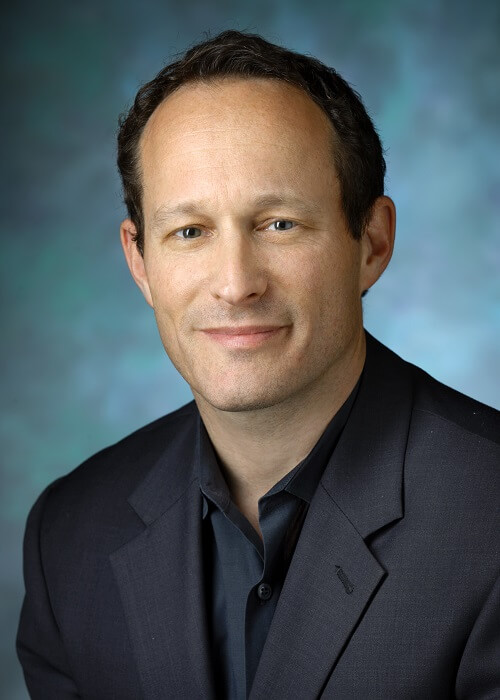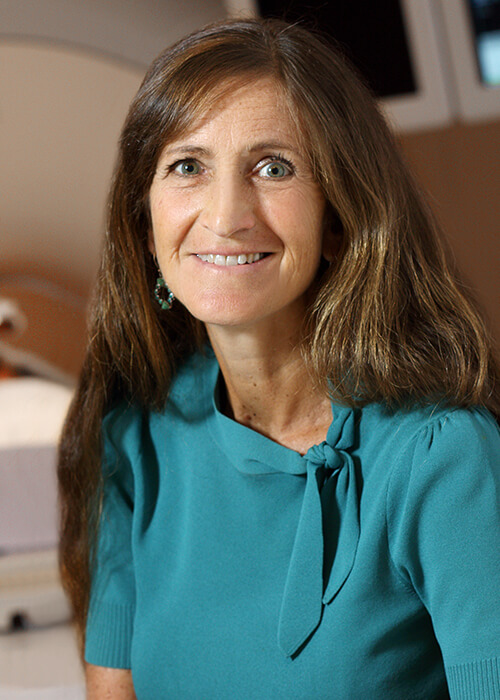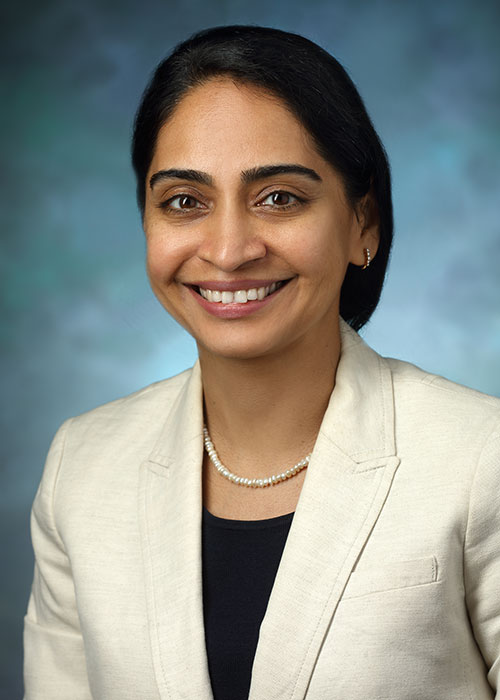Three Centers of Excellence
The Sheikh Khalifa Stroke Institute will comprise three centers: one devoted to innovative neuro-restorative technology and design, one devoted to stroke detection and diagnosis and the other to treatment, recovery and rehabilitation. Each of these centers has its own director and is supported by a range of research laboratories and scientific leaders.
At myriad points, this basic, preclinical and clinical research facilitates exceptional opportunities for Johns Hopkins scientists in the U.S. to collaborate with their Emirati colleagues, training a workforce of high-caliber biomedical researchers in Abu Dhabi and other emirates.
The Kata Center for Neuro Restorative Technology and Design

Director: John Krakauer, M.A., M.D.
Clinical Director of Kata
Building innovative digital therapeutics that enable high dose complex motor movement for brain repair for all levels of patient impairment. Kata has developed:
- High-fidelity customized hardware to capture complex motor-input from patients regardless of impairment level.
- An award-winning medical gaming engine that uses a patient’s 3D movements to control virtual animals that combines cognitive challenge with multiple, diverse movements across the full spectrum (head to toe).
- Beautiful, engaging and compelling neuro-restorative experiences, designed by world-class artists and engineers who directly work and iterate with clinicians.
- Technology-integrated "super-rooms" with projectors, lights, 3D trackers and sound systems to fully immerse patients in enriched environments for maximum recovery.
- Novel clinical delivery systems that combine insights from clinicians, nurses, physical therapists and administrators to provide neuro-restorative treatments efficiently and efficaciously.
Center of Excellence in Stroke Detection and Diagnosis

Director: Argye Hillis, M.D., M.A.
Accurate, early diagnosis of stroke facilitates prompt treatment, saving lives and preventing permanent disability. True transformation of stroke outcomes will require bold new ideas for reaching people as soon as possible after they suffer a stroke, even before they reach a hospital.
The Center of Excellence in Stroke Detection and Diagnosis will expand on advances in genetics that are opening new doors to stroke prediction and prevention. Decoding the human genome has led to genome-wide association studies, which rapidly scan markers across the complete sets of DNA of large numbers of people in order to find genetic variations associated with a particular disease.
At present, no systematic genetic or precision medicine program for stroke exists anywhere. With the resources in genetics and genomics at The Johns Hopkins University, this center has the potential to develop the first such program.
Other possible intervention projects include:
Digital neurological exams: Novel, quantitative diagnostic testing approaches using portable and inexpensive sensor technologies, incorporated into telemedicine and mobile phone platforms, will speed access to accurate diagnosis and treatments for patients worldwide.
Video-only immediate detection: Building on commercial applications for gaming and facial recognition, researchers and biomedical engineers at Johns Hopkins have developed a pioneering video-only method of eye movement analysis. The team is applying this method to diagnose posterior circulation stroke in patients with dizziness and vertigo.
Automated bedside diagnosis: Specialized teams are working with computer science experts in machine learning and natural language processing to enhance diagnostic accuracy.
Imaging: Specialists in imaging technology are discovering new mechanistic pathways involved in stroke and new approaches for early detection and prevention, focusing on diagnosis before the first signs of a stroke appear.
Affiliated Research Groups
- Johns Hopkins Whiting School of Engineering
- Malone Center for Engineering in Healthcare
- Department of Biomedical Engineering
- Armstrong Institute Center for Diagnostic Excellence
Center of Excellence in Stroke Treatment, Recovery and Rehabilitation

Director: Preeti Raghavan, M.B.B.S.
Advancing precision medicine in stroke care depends on our research projects in variations in gene expression, protein and metabolic activity in the microbiome, and brain physiology and anatomy, such as:
- A mouse model of stroke that enables a host of research studies, including tests of drugs and biomarkers of recovery
- Stem cell- and cell matrix-based therapies for poststroke regeneration of the central nervous system
- Magnetic stimulation to help stroke patients overcome symptoms such as weakness, persistent vertigo, dizziness and unsteadiness
Future projects may include:
- Identifying therapeutic approaches to optimizing arteriogenesis (expansion of existing collateral blood vessels) and angiogenesis/vasculogenesis (growth of new blood vessels), to restore blood flow to the brain after stroke
- Restoring the blood-brain barrier and neurovascular coupling
- Vascular and neurogenic remodeling mechanisms in the injured and recovering brain
- Nanotechnology-based approaches to getting medications across the blood-brain barrier to the injured and recovering brain
- Effective therapies for hemorrhagic stroke
- A combination of noninvasive brain stimulation and plasticity enhancing drugs with unique behavioral interventions, based on new models of motor learning and poststroke brain plasticity
- Interaction of cortical areas and descending pathways and their role in recovery in both the acute and the chronic stroke periods
Affiliated Research Groups
